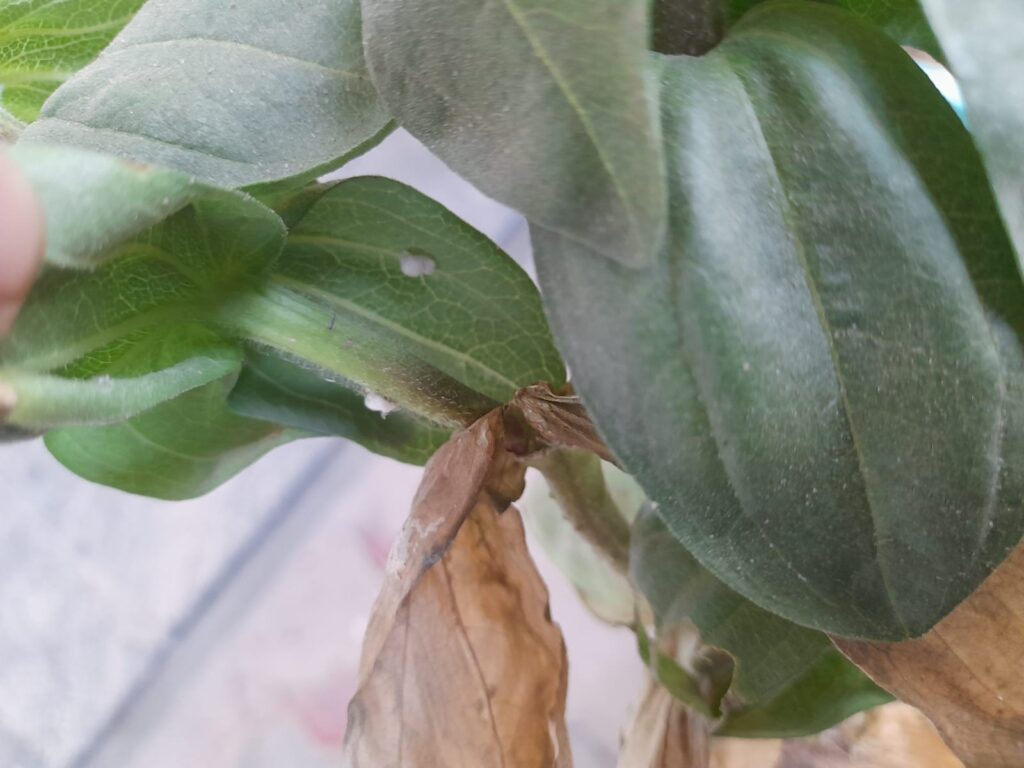How to prevent white mold on plants.

White mold or sclerotinia stem rot is a disease caused by the fungal pathogen Sclerotinia sclerotiorum. This fungal pathogen spreads during the cool and wet seasons. It affects tomatoes and many other plants eventually killing them. White mold is also called timber rot as it can severely affect the stems of tomatoes leading to rot. It is widespread in subtropical and temperate areas. This fungus can infect lots of weeds from which it can spread to healthy plants. This fungus spreads by spores that are blown in the air from infected crops or weeds. These spores land on healthy plants and cause severe damage to them if they are not taken care of in the initial stages. It can be difficult to get rid of disease and the best thing is to prevent white mold on plants.
How the disease spreads
The spores produce sclerotia that are responsible for the spread of disease in the garden.
The first sign of infection is found at the base of the main stem at the soil line. The sclerotinia germinate on the dead flowers and once it has established itself in the decaying tissue, it moves on to attack the healthy parts of the plant. White fuzzy mold starts to grow both inside and outside of the plant. The fungus spreads to the flowers, petioles, leaves and stems infecting them and causing them to turn grey and rot. As the disease progresses the plant wilts and eventually dies. Plants that are in the blooming stage are more susceptible.
Ways to prevent white mold on plants
Here are a few ways to prevent the spread of this infection.
- When conditions are favourable for the fungus to spread, inspect your plants regularly and destroy any symptoms of this disease.
- Remove any kind of weeds in your garden as this pathogen infects weeds and later spreads to healthy plants.
- Sclerotinia can live in the soil for up to 10 years. Rotate crops regularly by growing plants that are not affected by this fungus.
- Sclerotinia can spread in soil that is wet. Make sure the soil has proper drainage and prevent pooling of surface water. Prune plants for proper air circulation and provide adequate spacing for plants.
- Dry soil prevents sclerotinia from germinating. Solarization is a technique of laying a plastic cover on the soil surface. The heat from the sun increases the temperature of the soil. The sheet must be pulled tight to minimize air pockets and must be weighted down at the edges. This prevents the fungus from spreading.
- Sanitize your gardening tools regularly to prevent the spread of this fungal infection.
Read more:
- How to get rid of mealy bugs in your garden.
- How to get rid of whiteflies in your garden.
- How to get rid of aphids in your plants.
- How to treat powdery mildew on your plants.
